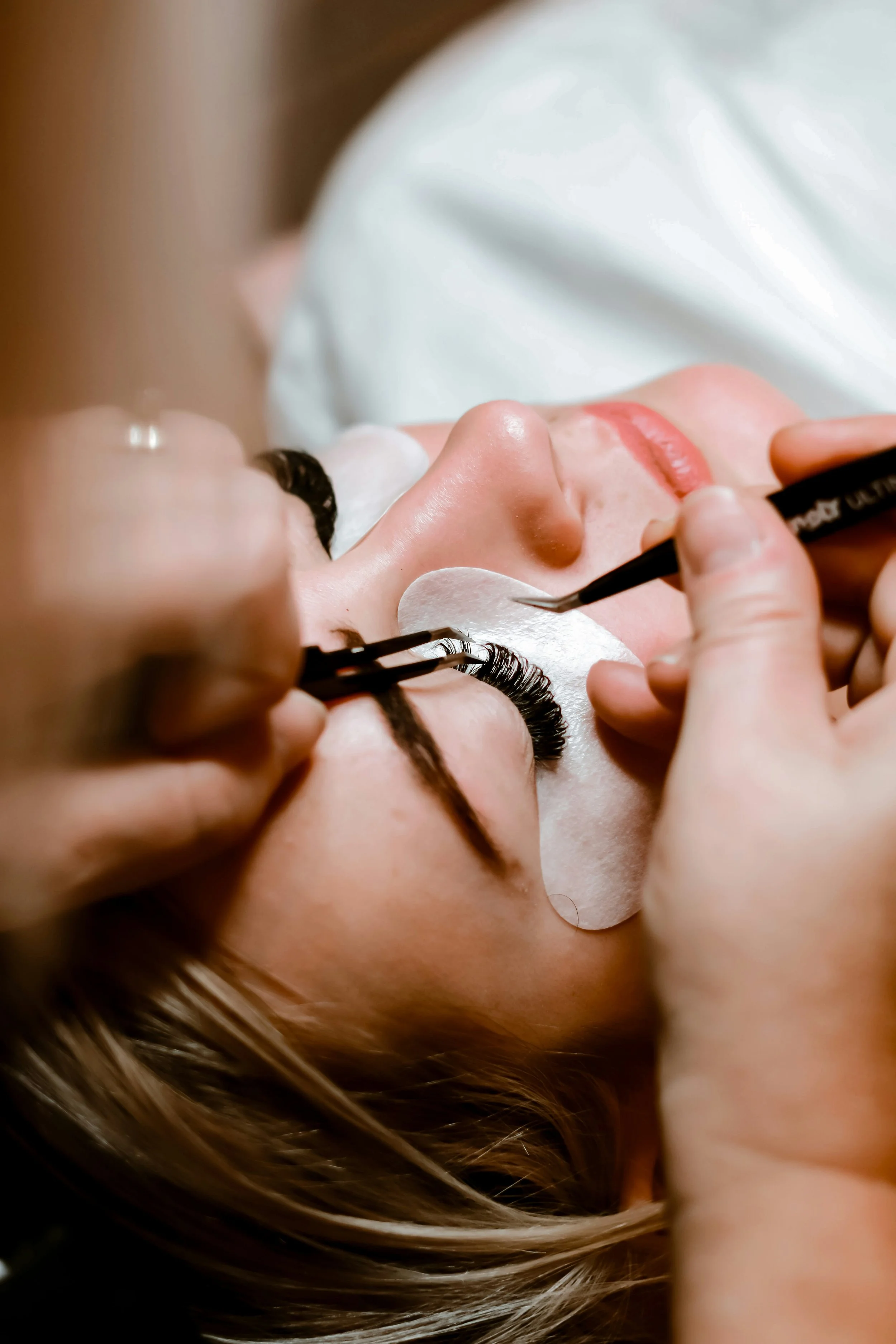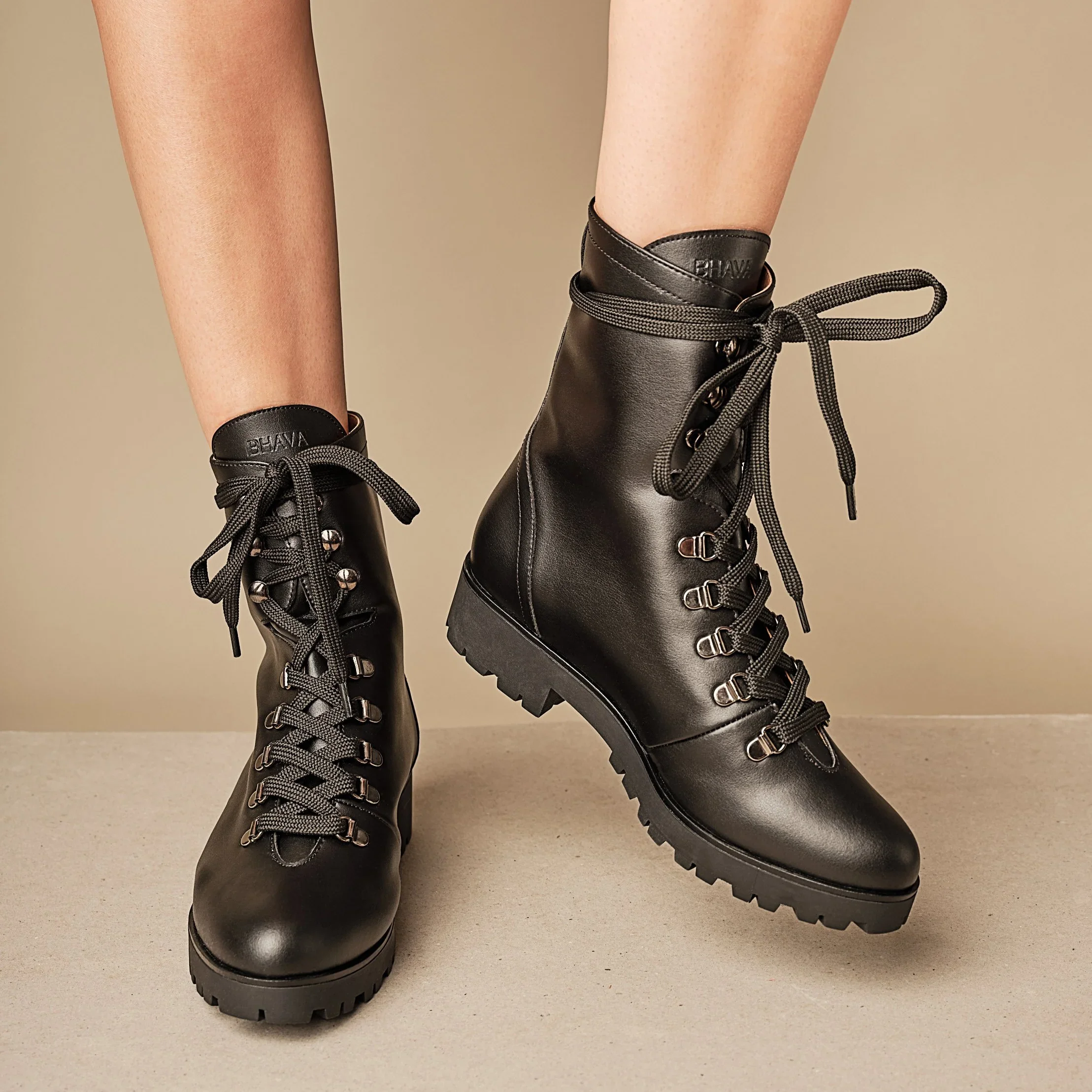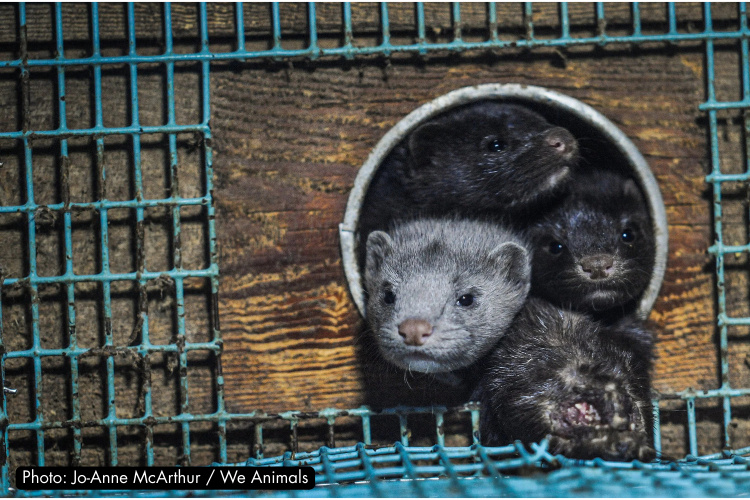Mink eyelashes: how fur found its way into beauty
For a few seasons now, it has seemed like fur is disappearing from fashion. Designer brands are proudly and outspokenly fur-free, while retailers are banning it in droves. Leading international Fashion Week events such as London Fashion Week are introducing no-fur policies across their runways. Not even last season's "fur is back!" push from the desperate industry did anything to bring back pelts onto catwalks and onto the glossy pages of magazines. Fur farming and sales are both in decline, and leading fur-producing countries such as Denmark are seeing production falter. All good news, right? Not so fast: there is one area where fur is still alive and well - and it's not in our wardrobes. It's in our beauty cabinets.
Contrary to what some may believe, the word "mink" on the labels of some false eyelashes doesn't stand for a dusky brown colour or a particular style. It means that those lashes are indeed made from mink, who are among the animals who are most commonly farmed for their fur. Mink eyelashes are, in every sense, a by-product of the fur industry. Essentially, wearing mink lashes means that you're wearing fur on your face - an alarming prospect for most of today's conscious fashion lovers, most of whom wouldn't be caught dead in animal fur.
"People may wear mink lashes because they're unaware of the cruelty behind them – but once they learn that the animals used for these products are treated as appallingly as those whose fur is turned into mink coats, they invariably opt for animal-free choices," says PETA's Vice President of Programmes and Operations Elisa Allen.
So what do people learn that causes them to check the label twice? Well, for starters, any claims of "humane" mink fur are bound to be bogus as fur farms can never meet the complex needs of these wild animals. Mink are semi-aquatic animals, meaning that they need access to water to swim in, which a factory-farm environment can never provide. On fur farms, minks spend their entire lives in wire cages, often driven to insanity by captivity. Many times, mink on factory farms are denied adequate food, water and veterinary care, and forced to live next to the rotting corpses of their cagemates. Some live with open wounds after fights with other mink. When it comes to killing them, farmers use the cheapest methods available, such as carbon dioxide gas, which appears to be an extremely stressful, frightening, and intense death.
Secondly, there's the fact that European mink are critically endangered. These animals have been present on the International Union for Conservation of Nature's extinction red list for a decade, meaning that their numbers are dwindling at an alarming rate. The species currently occupies only 20% of its former range and is limited to only a handful of isolated population groups in some countries. In Spain – a country that is yet to ban fur farming – the number of wild mink is only around 140 individuals. With this in mind, caging and tormenting these animals for items that no one needs, such as mink coats or false eyelashes, becomes even more problematic.
Let's also keep in mind, in these times of climate crisis, that mink fur is anything but sustainable. In fact, a report by Foodsteps, commissioned by the Humane Society, found that the carbon footprint of 1kg of mink fur is significantly higher than that of materials such as cotton, acrylic, and polyester (materials that all present their own set of environmental issues). Mink fur is also highly water-intensive and polluting to waterways, due to the high quantities of waste that mink farms generate. “Fur is one of the most environmentally damaging industries in the fashion world, its production creating a larger footprint than any of the other materials reviewed, including cotton and acrylic,” says Director of the Humane Society International Claire Bass. “Just like factory farming of animals for food, factory farming for fur places a heavy burden on the climate and environment, and keeping and feeding millions of carnivorous animals further amplifies the problem.”
Companies that claim that their mink lashes are obtained by "brushing" the mink should also be questioned. Even if that were true - which it likely is not - brushing would still be likely to be a stressful experience for the animals. Unlike companion animals, wildlife doesn't welcome close contact with humans. At best, this would be terrifying and for the mink, and at worst it could result in them attacking the humans. Plus, it would still entail the animals living on factory farms.
Any company advertising their mink lashes as made from “free-range” mink is likely to be using marketing language that doesn't actually mean anything for animals. Mink are territorial, solitary animals who cannot live in conditions we refer to as “free-range”. When grouped together, these animals tend to fight, which is exactly what happens on fur farms where they are forced to live together in small cages. "No matter what the manufacturer claims, there is no way on God's green earth that mink fur can be obtained humanely: it comes from minks who have been killed or are being caged for fur," says PETA founder Ingrid Newkirk.
What are the mink eyelash alternatives?
Luckily, the beauty industry is catching up with fashion when it comes to swearing off mink fur. Brands that have banned mink fur lashes include Urban Decay, TooFaced, Velour, Tarte, and the entire Sephora emporium.
Canadian company Velour has launched Plant Fibre lashes made from hemp, and sold in recyclable packaging.
Brands such as Neo are also offering lashes made from corn starch – which is interesting, considering that the world's first plant-derived fur was also made from corn.
While the past allure of animal fur moves into “faux pas” territory, mink lashes are likely to follow. Consumers who would never wear a mink coat are likely to also move away from eyelashes tainted with the abuse and environmental impact connected to mink fur production – an industry that's bound to keep declining, leaving space for eco-conscious, plant-derived innovation to take its place. As the industry continues to innovate, more inventions are likely to hit a beauty counter near you.
How you can help:
Tell Sephora: There’s Nothing Beautiful About Cruelty: Sephora has taken an important step by dropping real mink eyelashes from their shelves. But they continue to prop up the mink fur trade by carrying products from brands like Lilly Lashes, which profit from the sale of real fur lashes. If Sephora wants to take a real stand against animal cruelty, they must stop selling all Lilly Lashes products — even the synthetic ones — until the brand commits to ending its use of fur for good.
Written by Sascha Camilli
Sascha Camill is a writer, speaker and vegan fashion expert. She founded the world's first digital vegan fashion magazine Vilda, and is the author of Vegan Style: Your Plant-Based Guide to Beauty, Fashion, Home & Travel. Her podcast, Catwalk Rebel, is out now.
We Have A Favor To Ask…
Species Unite amplifies well-researched solutions to some of the most abusive animal industries operating today.
At this crucial moment, with worldwide momentum for change building, it’s vital we share these animal-free solutions with the world - and we need your help.
We’re a nonprofit, and so to keep sharing these solutions, we’re relying on you - with your support, we can continue our essential work in growing a powerful community of animal advocates this year.





